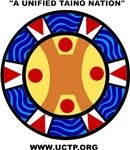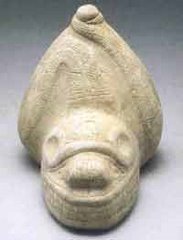Did You Know: The hagua (jagua, xagua), whose scientific name is Genipa Americana L., is both a tropical tree and a fruit that is found throughout the Caribbean, as well as Central and South America. The fruit of the hagua (pronounced "hah-gooah") have a crown-shaped structure at the tip and turns yellow when ripe. The fruit ranges in size from that of a kiwi to a melon and also has a strange feature: they can get dry, but do not rot. Scientists have affirmed that hagua are a natural source of iron, riboflavin and have anti-bacterial substances. In traditional and homeopathic medicine, hagua is a diuretic and recommend to treat scurvy, venereal ulcers, dropsy, and bronchitis. Local knowledge also affirms the unripe fruit is an astringent, anti-inflammatory and anti-anemic. The root of the hagua has purgative and laxative effects, while a decoction from the bark is used to treat scorbutic ulcers and venereal diseases, in addition to combating anemia and regurgitations of the liver and spleen. The unripe fruit of the hagua also yields a liquid, which is traditionally used as a dye for skin painting, tattoos, and insect repellent or for protection from the sun. The juice of the unripe hagua is colorless, but oxidizes on exposure to the air and gradually turns a black/blue color. This juice is commonly used to dye clothing, hammocks, utensils, and basket making materials or for painting the body during ceremonies and celebrations. - © 2019 UCTP Taino News
Subscribe to:
Post Comments (Atom)







No comments:
Post a Comment